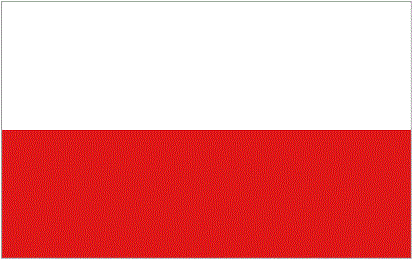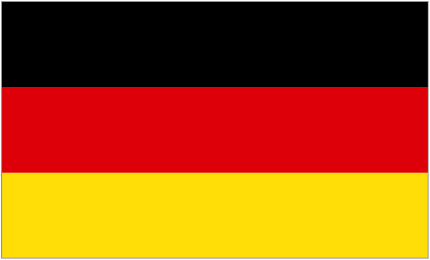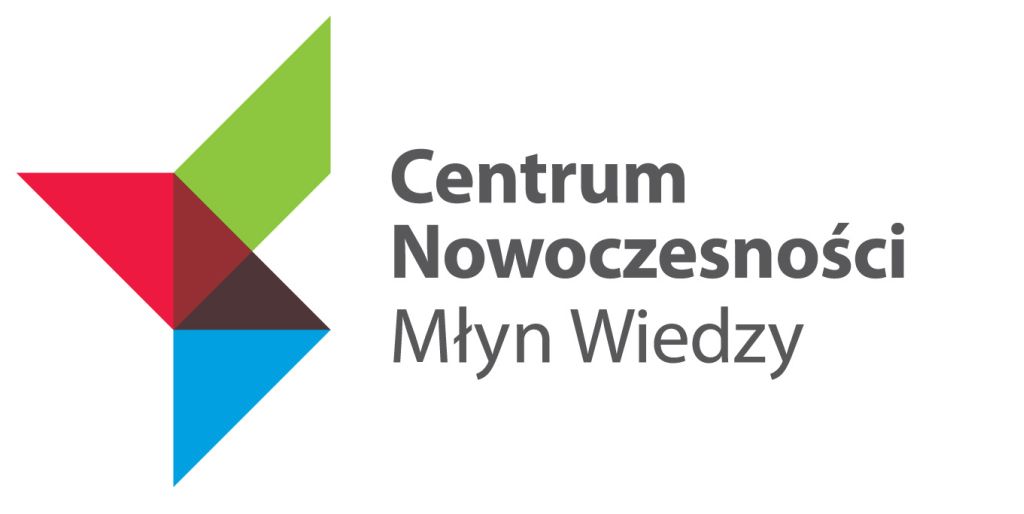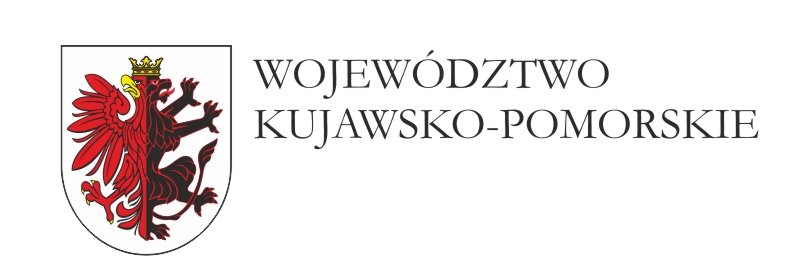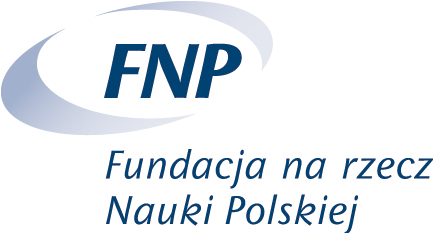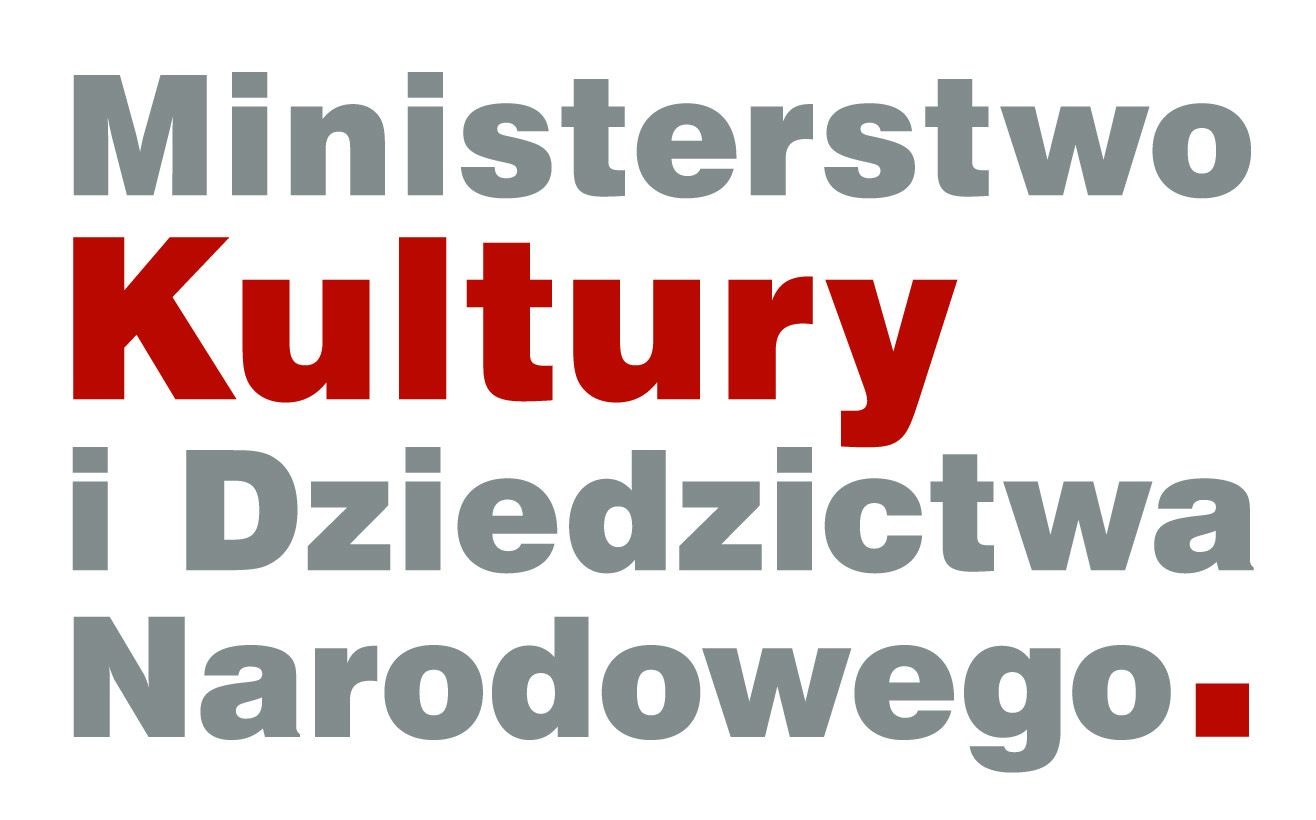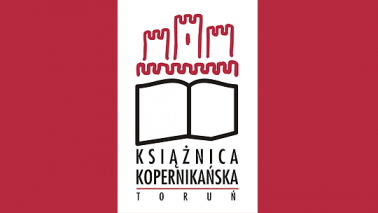Collections of the Scientific Society
The collections of the archive and museum of the Scientific Society
The history of the collection
The idea of the creation of the collection and the museum is connected closely with the history of the Scientific Society in Toruń. In the first Statute of the Society of 1875 there was an entry saying that one of the aims of the organisation’s activity should be: § II: the collection and maintenance of all relics and artefacts of the country. At the turn of 1875 and 1876 the collection of exhibits commenced. Originally, the tendency was to collect historical-archeological sources as it was intended to show the Polish history of Pomerania; besides, history and archeology were quite popular branches of science in the context of shaping the historical memory of ethnic groups. Apart from items which were connected with the history of the nation, valuable items were planned to be included in the collection from other societies and regions where collecting was evidence of the intellectual activity and the scientific level of Polish social elites.
should be: § II: the collection and maintenance of all relics and artefacts of the country. At the turn of 1875 and 1876 the collection of exhibits commenced. Originally, the tendency was to collect historical-archeological sources as it was intended to show the Polish history of Pomerania; besides, history and archeology were quite popular branches of science in the context of shaping the historical memory of ethnic groups. Apart from items which were connected with the history of the nation, valuable items were planned to be included in the collection from other societies and regions where collecting was evidence of the intellectual activity and the scientific level of Polish social elites.
In the first years of the existence of the Society the museum collection was developed thanks to donations from private individuals – representatives of local social-cultural elites. One of the initiators of the establishment of the Scientific Society was Zygmunt Działowski who also set up a museum donating a considerable collection containing works of art. Officially, the Museum opened on 20 November 1876 – before the Museum of the Czartoryskis and the National Museum in Cracow were opened. Thus, the Museum set up by the Scientific Society in Toruń is considered to belong to the oldest Polish museum institutions. The Museum was organised in three rooms of a private flat in Łazienna street in Toruń.
The most important and valuable part of the collection at that time were archeological monuments, which resulted from the interests of Zygmunt Działowski, who invited to Toruń a member of the Archeological Committee PAU - Gotfryd Ossowski; moreover, for the founders of the institution the most important aim was to prove the Polish character of Pomerania, which also contributed to the increasing number of archeological monuments. During archeological research financed by Działowski himself and run by G. Ossowski several dozen cemeteries were examined, the fruit of which were numerous new exhibits and valuable scientific publications. In 1880 almost 100 exhibits were presented at the exhibition in Berlin, which proves the high quality of the archeological exhibits of the Scientific Society.
In 1881 the cornerstone was laid for the construction of the Scientific Society in Wysoka street, to which the collections of the Society was moved after two years. The formal administrator
of the Society was moved after two years. The formal administrator of the building bearing the name “Museum” at that time was the public limited company “Muzeum w Toruniu” [Museum in Toruń]. After Zygmunt Działowski died (1878) and G. Ossowski left Toruń, the maintenance of the collection became a considerable financial burden. There was even a project to pass the exhibits to the Poznań Society of Lovers of Science, but the people who had donated exhibits to the Museum objected strongly. Financial resources obtained at that time enabled the purchase of equipment to present the exhibits, which had been ordered and catalogued. Most of the work was carried out by the priest Kazimierz Chmielecki – archeologist-amateur. He recommenced the archeological works interrupted after the departure of Ossowski, which expanded the collections of the Museum; the results of the findings were published in Roczniki TNT. A medical doctor from Toruń Dr Otto Steinborn took care of the collections from 1905 to the 1920s.
of the building bearing the name “Museum” at that time was the public limited company “Muzeum w Toruniu” [Museum in Toruń]. After Zygmunt Działowski died (1878) and G. Ossowski left Toruń, the maintenance of the collection became a considerable financial burden. There was even a project to pass the exhibits to the Poznań Society of Lovers of Science, but the people who had donated exhibits to the Museum objected strongly. Financial resources obtained at that time enabled the purchase of equipment to present the exhibits, which had been ordered and catalogued. Most of the work was carried out by the priest Kazimierz Chmielecki – archeologist-amateur. He recommenced the archeological works interrupted after the departure of Ossowski, which expanded the collections of the Museum; the results of the findings were published in Roczniki TNT. A medical doctor from Toruń Dr Otto Steinborn took care of the collections from 1905 to the 1920s.
After Toruń had regained independence, the Scientific Society focused on publishing work; a lack of finances made it impossible to prepare and exhibit donations. The most valuable was the collection donated to the Society in 1931 by Walery Cyryl Amrogowicz, which consisted of: 1. a collection of coins and medals containing about 2,000 exhibits (including Polish and foreign coins – Greek, Roman, medieval and from the Early Modern period); 2. a collection of stamps; 3. some watercolours painted by Marian Mokwa; 4. a collection of engravings (250 items) including 127 by Daniel Chodowiecki; 5. A collection of copperplates (about 200 works by Chodowiecki, Falck, Breugel, Sebaldus Behm, van Leyken, Callot, Rembrandt), several woodcuts by Dürer and others; 6. other collections including some from Kashubia (drafts and measurements of Kashubian cottages), items from the Middle East (Sumerian plates).
In the period of partitions and in the interwar period (until 1931) the museum collections of the Scientific Society were divided into the following departments:
I.Natural science – embracing mainly minerals and paleontological items
II.Prehistoric archeology- including donations (the first face urn was donated by the priest Roszczynialski from Oksywie), exhibits from accidental discoveries, amateur archeological works, and materials collected by G. Ossowski and the priest K. Chmielecki. Among many archeological monuments there were stone products, ceramics, tools, weapon, jewellery made of bronze, iron, bone, horn, amber, glass, silver and clay. Special attention was paid to the face urns. The collections came from Toruń, Podgórz, Wabcz, Grabowo, Nawra, Oksywie, Tuchola, Brodnica, Matarnia, Wejherowo and many others.
III. The Department of historical monuments: pictures and photographs (kings and other well known people, activists of the Scientific Society, historical scenes); gypsum and metal casts (i.e. busts of Nicholas Copernicus, Mickiewicz, Słowacki, Kościuszki); engravings; sculpture, objects of everyday use: military objects, ceramics (vessels and other ceramic objects from the 16th century onwards); miscellaneous: a globe from the 17th century, mirrors, porcelain, tablecloths and others; numismatics, prehistoric coins, a few dozens of Roman coins, in total almost 600 Polish and foreign coins along with medals, stamps, etc. The Department of historical monuments was the result of donations; two-thirds of the exhibits came from the collection of Z. Działowski.
A momentous year for the history of the museum collection of the Scientific Society came in 1930 when an agreement between the Scientific Society and the Pomeranian Museum in Toruń was signed, on the strength of which the Museum took over the collections of the Scientific Society as a deposit. It must be emphasised that the museum collections of the Society along with exhibits of Copernicus Verein constituted a fundamental part of the museum resources of the new cultural institution in Pomerania. At present the museum collections of the Scientific Society remain in the deposit of the District Museum in Toruń, which continues
of the Scientific Society came in 1930 when an agreement between the Scientific Society and the Pomeranian Museum in Toruń was signed, on the strength of which the Museum took over the collections of the Scientific Society as a deposit. It must be emphasised that the museum collections of the Society along with exhibits of Copernicus Verein constituted a fundamental part of the museum resources of the new cultural institution in Pomerania. At present the museum collections of the Scientific Society remain in the deposit of the District Museum in Toruń, which continues the traditions of the Pomeranian Museum.
the traditions of the Pomeranian Museum.
The collection of old prints:
Apart from the museum resources, the collection of the Scientific Society in Toruń includes old prints now deposited in the Municipal Library in Toruń. The collection is divided into three groups: 1. the collection compiled by the Scientific Society, 2. old prints donated by the priest Stanisław Kujot and 3. old prints from the collection of Walenty Fiałek. The old prints from the collections of the Society are particularly valuable as they contain a significant number of Polish old prints. Polonica are to be found both in the actual collection of the Scientific Society and among the donations made by the priest Kujot and Walenty Fiałek. These allow us to become familiar with the libraries of the Polish intellectual elites from Pomerania. The collection of the priest Kujot is the result of his interests and embraces mainly theological and historical prints. The collection of W. Fiałek is the collection of a bibliophile, a concise library of a printer and publisher, the workshop of the publishing house. Like the museum collections, the collection of the Scientific Society (the actual library) is the effect of donations and bequeaths; it is the evidence of the reading interests held by the inhabitants of the region. A precious part of the library is the incomplete collection of periodicals from the 18th century and literature of the Enlightenment as well as course books from the period of the Commission of the National Education. The three collections complement one another constituting a perfect source of information about books read by the Polish intelligentsia in Pomerania at the end of the 19th century and the beginning of the 20th century. The prints had been collected since the Scientific Society started to operate; in 1923 they were placed as a deposit in the newly created Pomeranian Library.
Nowadays, the museum collection of the Scientific Society in Toruń consists of exhibits scattered in the departments of the District Museum: 209 exhibits in the collection of the art of the Far East, 343 exhibits in the graphic collections, 3264 exhibits in the numismatic and medallion collections, 574 exhibits in the archeological collections, 90 exhibits in the collections of crafts, 51 exhibits in the collections of medieval art, early modern and modern art, 40 exhibits in the collections of the department of the history of Toruń (including the masonic collection and exhibits of the rifle club). The collection of old prints consists of 1302 items in 1542 volumes. The collected prints come from various periods: 40 of which have not been dated, one of which comes from the 15th century, 77 of which come from the 16th century, 307 from the 17th century and 877 from the 18th century.
Towarzystwo Naukowe w Toruniu
since 1875
© Copyright: TNT - Toruń 2014. Projekt i wykonanie strony: Rafał Mikulski
Partners:
